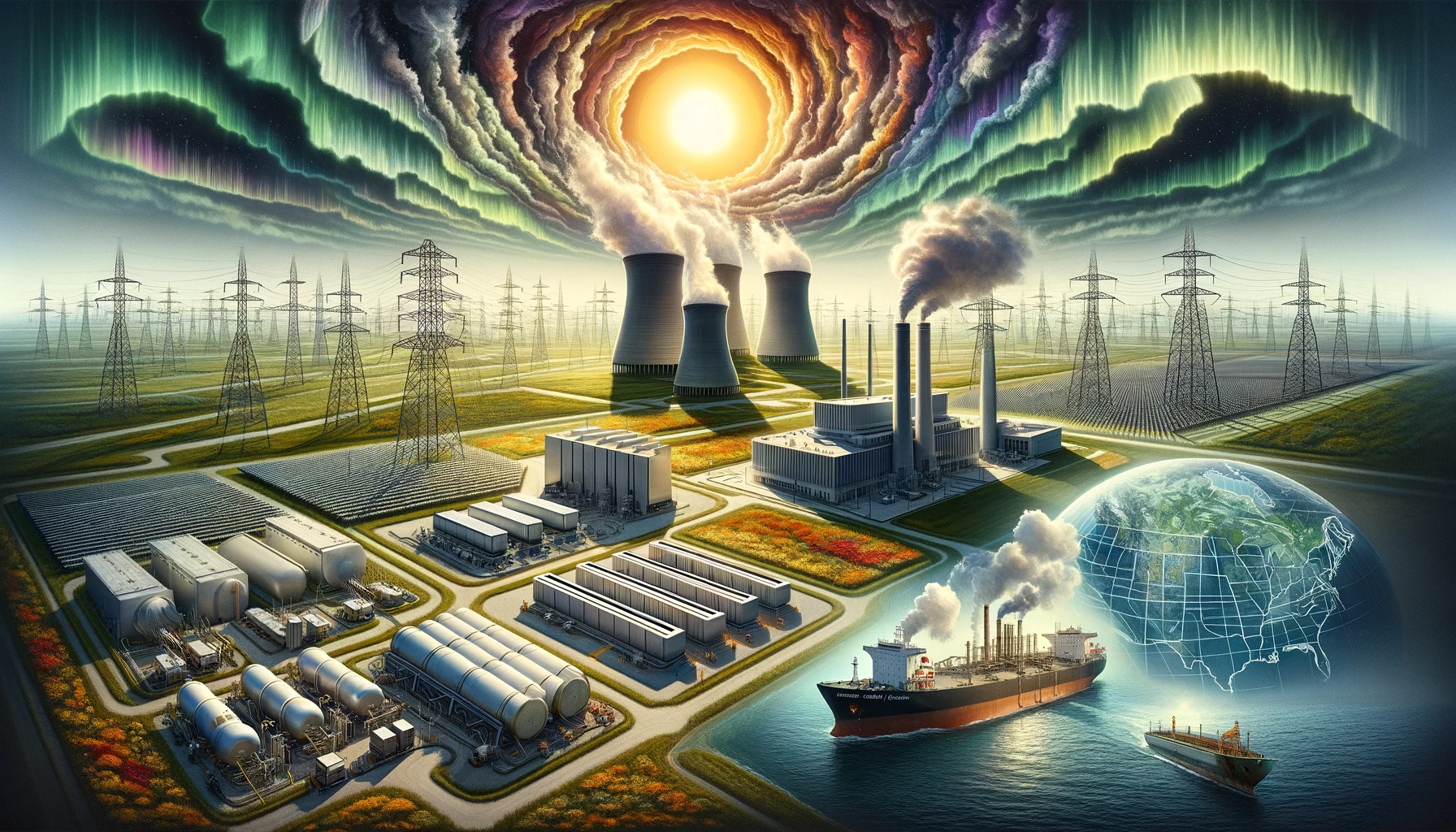
Battery Storage Expansion
In 2024, the U.S. is seeing a significant expansion in battery storage capabilities, projected to make up 21% of all new power capacity additions. This expansion is particularly notable in Texas and California, which lead the contributions with installations projected at 2.5 gigawatts each. The rise in battery storage is not only due to increasing installations but also supported by favorable federal policies under the Inflation Reduction Act, which allows standalone battery systems to qualify for investment tax credits. This legislative change, combined with declining capital costs for battery systems, underscores a strategic shift towards enhancing grid reliability and supporting the broader transition to renewable energy sources. This development represents a critical evolution in how energy storage is integrated into the national grid, aiming to complement intermittent renewable energy sources like wind and solar (SPGlobal).
Geoelectrical Hazard Mapping
The U.S. Geological Survey has developed a new geoelectrical hazard map that pinpoints areas of the U.S. power grid that are particularly susceptible to geomagnetic super-storms. These storms, which are intense disturbances caused by ejections of charged particles from the sun, can induce voltages in power lines high enough to disrupt electrical grids and cause widespread blackouts. The map covers two-thirds of the United States and highlights regions such as the East Coast, Denver metropolitan area, Pacific Northwest, and Upper Midwest as high-risk areas. By providing this detailed mapping, the USGS aims to help power companies better protect their infrastructure and prepare for potential disruptions caused by space weather events, thus ensuring more resilient power delivery systems across these vulnerable regions (Physics World)
Nuclear Power Stability
Nuclear power continues to be a cornerstone of the U.S. energy strategy, consistently providing about 20% of the nation's electricity. With 93 reactors across 28 states, the nuclear sector contributes to the stable supply of base-load electricity, which is crucial for meeting continuous energy demands. The enduring role of nuclear power underscores its importance in achieving a balanced energy mix, combining reliability with the benefits of low greenhouse gas emissions during electricity generation. As debates about energy sources intensify, nuclear power's role highlights the ongoing need for diverse and secure energy sources in the United States' future energy landscape (EIA Energy Data).
LNG Export Capacity Growth
The United States is on the brink of significantly increasing its liquefied natural gas (LNG) export capacity. By the end of 2024, new projects are expected to contribute an additional 8.4 million metric tons per year to the existing capacity. This expansion is timed to meet increasing global demand for LNG, mainly from Europe and Asia. The growth in LNG export capacity helps secure the U.S. position as a critical player in the worldwide energy market and supports international energy security. With further capacity expansions planned for 2025, the U.S. LNG industry is set to play a crucial role in reshaping global gas supply dynamics and reducing dependence on less stable energy sources (SPGlobal).
Economic Impacts of Space Weather
A recent study has highlighted the severe economic risks associated with space weather, particularly geomagnetic storms similar to the historic Carrington Event of 1859. Such an event today could potentially cause up to $2 trillion in damages to the U.S. economy, emphasizing the need for advanced predictive technologies and robust protections for the electrical grid. These storms, capable of inducing extreme voltage in power grids, pose a significant threat to electrical infrastructure and could lead to widespread outages. The study stresses the importance of enhancing grid resilience through improved monitoring and forecasting of space weather events to mitigate potential damages and ensure the stability of power supply systems (Physics World).